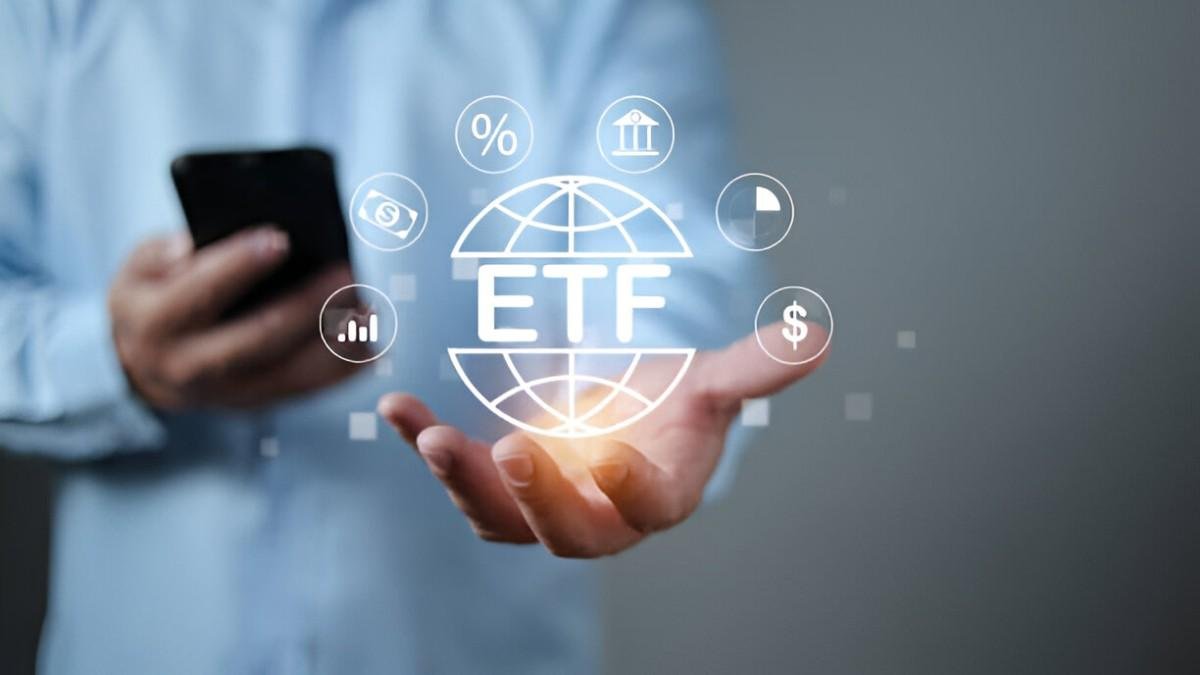As a financial professional who has helped hundreds of clients invest in S&P 500 index products, I’ll break down the key differences between mutual funds and ETFs tracking this benchmark to help you make the optimal choice for your portfolio.
Table of Contents
Core Comparison: S&P 500 Mutual Funds vs. ETFs
| Feature | S&P 500 Mutual Fund | S&P 500 ETF |
|---|---|---|
| Trading | End-of-day NAV pricing | Intraday trading |
| Minimums | Often $1,000-$3,000 | Share price only |
| Expense Ratios | 0.01%-0.15% | 0.01%-0.09% |
| Dividends | Typically reinvested automatically | Can choose reinvestment or cash |
| Tax Efficiency | Less efficient (capital gains distributions) | More efficient (in-kind creations) |
| Best For | Automatic investing, retirement accounts | Taxable accounts, active traders |
Top 5 S&P 500 Investment Options
Mutual Funds
- Fidelity 500 Index (FXAIX)
- Expense Ratio: 0.015%
- Minimum: $0
- Unique: Zero transaction fees at Fidelity
- Vanguard 500 Index (VFIAX)
- Expense Ratio: 0.04%
- Minimum: $3,000
- Admiral shares available
- Schwab S&P 500 Index (SWPPX)
- Expense Ratio: 0.02%
- Minimum: $0
- No-load fund
ETFs
- SPDR S&P 500 ETF (SPY)
- Expense Ratio: 0.0945%
- Liquidity: Highest volume ETF
- Options available
- iShares Core S&P 500 ETF (IVV)
- Expense Ratio: 0.03%
- Securities lending revenue offsets fees
- Vanguard S&P 500 ETF (VOO)
- Expense Ratio: 0.03%
- Lower cost than SPY
Performance Comparison (10-Year Annualized)
| Fund | Return | Tracking Error |
|---|---|---|
| FXAIX | 12.03% | 0.00% |
| VFIAX | 12.01% | 0.02% |
| SPY | 11.98% | 0.05% |
| VOO | 12.00% | 0.01% |
Data as of 12/31/2023 – differences are negligible
When to Choose a Mutual Fund
- Automatic Investing
- Set up recurring purchases dollar amounts (e.g., $500/month)
- Retirement Accounts (401k/IRA)
- No tax advantage to ETFs in tax-deferred accounts
- Fractional Shares Needed
- Mutual funds always accept exact dollar amounts
Example: A $300 monthly 401k contribution works better in mutual funds
When to Choose an ETF
- Taxable Brokerage Accounts
- Lower capital gains distributions
- Intraday Trading
- Can use limit orders, stop losses
- Options Strategies
- SPY has extremely liquid options market
- Lower Expense Ratios
- VOO (0.03%) vs VFIAX (0.04%)
Tax Efficiency Deep Dive
Mutual Fund Tax Drag
- Annual capital gains distributions
- Example: VFIAX distributed $2.16 per share in 2022
- Tax cost: ~0.2-0.4% annually in taxable accounts
ETF Tax Advantage
- In-kind creation/redemption process
- VOO had zero capital gains distributions since inception
- Estimated tax savings: $1,500/year on $500k portfolio
Cost Comparison Over 20 Years
| Fund Type | Expense Ratio | Tax Cost | Total Cost on $500k |
|---|---|---|---|
| Mutual Fund | 0.04% | 0.30% | $102,000 |
| ETF | 0.03% | 0.05% | $40,000 |
Assumptions: 6% annual growth, 20% capital gains rate
Implementation Recommendations
For Retirement Accounts
- Use mutual funds (FXAIX or SWPPX)
- Set up automatic contributions
- No tax consequences for rebalancing
For Taxable Accounts
- Use ETFs (VOO or IVV)
- Tax-loss harvest more efficiently
- Avoid annual capital gains distributions
For Large Lump Sums ($100k+)
- ETFs allow immediate full investment
- Mutual funds may have purchase limits
Special Considerations
- Trading Commissions
- Most brokers now offer free ETF trades
- Some charge mutual fund fees outside their family
- Bid-Ask Spreads
- SPY: 0.01%
- VOO: 0.02%
- Negligible for long-term investors
- Securities Lending
- ETFs like IVV generate extra revenue
- Can actually make effective expense ratio negative
Which Should You Choose?
Mutual Fund Investors
- “Set it and forget it” retirement savers
- Those making regular small contributions
- Investors who prefer automatic dividend reinvestment
ETF Investors
- Taxable account holders
- Active traders wanting intraday flexibility
- Large lump sum investors
- Those using advanced strategies (options, hedging)
Final Verdict
For most investors:
- Use mutual funds in 401(k)s and IRAs
- Use ETFs in taxable brokerage accounts
- VOO/FXAIX combination covers both needs optimally
The performance difference is minimal, so choose based on your account type and investing style. I personally use both – mutual funds in my retirement accounts for automatic investing, and ETFs in taxable for tax efficiency.





